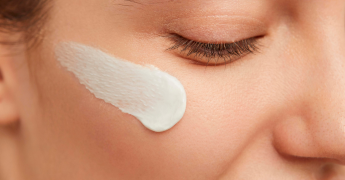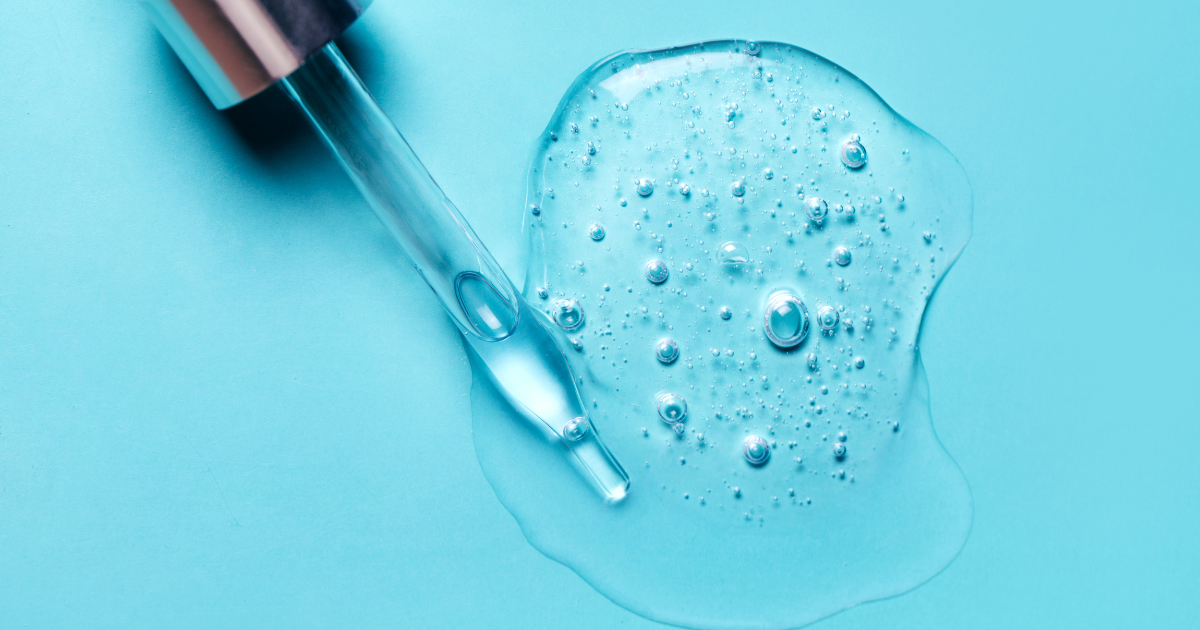
Getting an even, bright skin tone is one of the most common skincare goals; to date, several ingredients are known to possess brightening properties for the skin. Tranexamic acid has recently been in the limelight for its efficacy in treating hyper-pigmentation and skin brightening. This article will compare tranexamic acid to vitamin C, niacinamide, hydroquinone, and alpha arbutin and see why tranexamic acid is the best among all for radiant skin.
Mechanism: Tranexamic acid works by inhibiting the interaction between melanocytes (the cells that produce pigment) and keratinocytes (the primary cells in the outer layer of the skin). This helps to reduce the production of melanin and prevent pigmentation from becoming more pronounced.
Benefits:
- Highly effective in treating melasma and post-inflammatory hyperpigmentation (PIH).
- Gentle on the skin, making it suitable for sensitive skin types.
- Can be used alongside other active ingredients.
- Has shown promise in rapid cold sore care.
- Minimal risk of side effects, making it safe for long-term use.
Drawbacks:
- Though noticeably very safe, tranexamic acid may cause mild dryness and flaking of the skin for people with very sensitive skin.
- Limited availability in over-the-counter products.
VITAMIN C
Mechanism: Vitamin C, particularly in the form of L-ascorbic acid, works as a powerful antioxidant. It helps to neutralize free radicals, reduce melanin production, and improve the skin’s overall radiance.
Benefits:
- Provides antioxidant protection against environmental damage.
- Boosts collagen production, aiding in skin firmness and elasticity.
- Brightens the skin and evens out skin tone.
Drawbacks:
- Can be unstable and lose potency when exposed to light and air.
- May cause irritation in sensitive skin, especially at higher concentrations.
NIACINAMIDE
Mechanism: Niacinamide, also known as vitamin B3, works by inhibiting the transfer of melanosomes (pigment-containing cells) to the skin’s surface. It also has anti-inflammatory properties, which can help reduce redness and irritation.
Benefits:
- Suitable for all skin types, including sensitive skin.
- Improves skin barrier function and reduces redness.
- Combats signs of aging and reduces the appearance of pores.
Drawbacks:
- Results can take time to become noticeable (several weeks).
- Some people may experience mild irritation initially.
HYDROQUINONE
Mechanism: Hydroquinone is a potent skin-lightening agent that inhibits the enzyme tyrosinase, which is necessary for melanin production. This results in a significant reduction in pigment formation.
Benefits:
- Highly effective in treating severe hyperpigmentation and melasma.
- Rapid results compared to other ingredients.
Drawbacks:
- Can cause irritation and is not suitable for long-term use due to potential side effects.
- Requires a prescription in many countries due to its potency and associated risks.
ALPHA ARBUTIN
Mechanism: Alpha arbutin works similarly to hydroquinone by inhibiting the tyrosinase enzyme, but it is considered to be a safer, more gentle alternative. It gradually lightens the skin and reduces the appearance of dark spots.
Benefits:
- Gentle on the skin with a lower risk of irritation.
- Effective in reducing dark spots and improving overall skin tone.
Drawbacks:
- Slower results compared to hydroquinone.
- May be less effective for severe hyperpigmentation.
COMPARISON & RECOMMENDATIONS
Effectiveness: Tranexamic acid offers a unique balance of being highly effective while gentle on the skin. It is particularly effective in treating melasma and post-inflammatory hyperpigmentation, making it an excellent option for those looking for a reliable and safe solution.
Safety and Tolerance: Tranexamic acid is exceptionally well-tolerated, even by sensitive skin types. Unlike hydroquinone, which can cause significant irritation and requires careful use, tranexamic acid is gentle enough for long-term use without the risk of severe side effects.
Additional Benefits: Tranexamic acid not only addresses hyperpigmentation but also offers benefits for cold sore treatment, making it a versatile addition to any skincare routine. Its compatibility with other active ingredients like niacinamide and vitamin C allows for a comprehensive skincare approach.
CONCLUSION
Tranexamic acid is outstanding for the treatment of hyperpigmentation and creating a bright, even skin tone. It efficiently works compared to other brightening skincare ingredients because of its gentle nature and added benefits. Whether you have melasma, post-inflammatory hyperpigmentation, or cold sores, tranexamic acid can offer an effective solution safely. Always consult with a dermatologist to tailor the best skincare regimen for your needs and experience the transformative effects of tranexamic acid.



